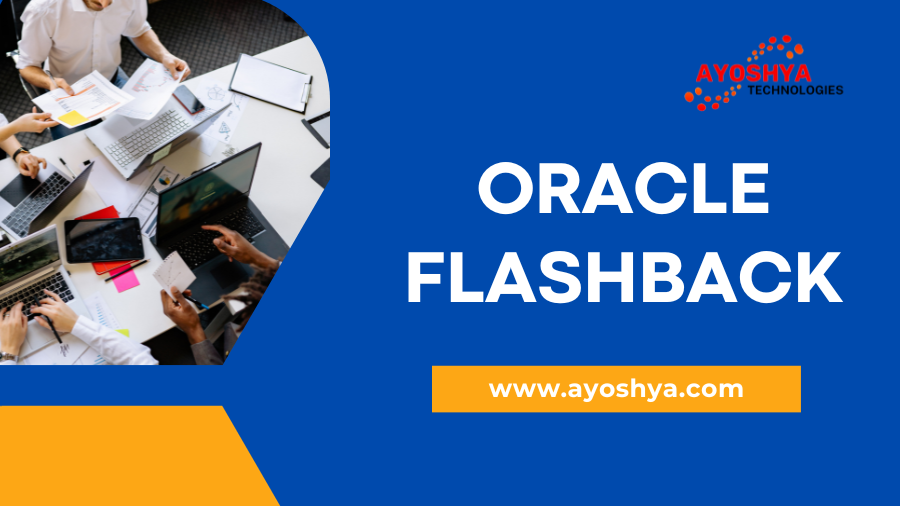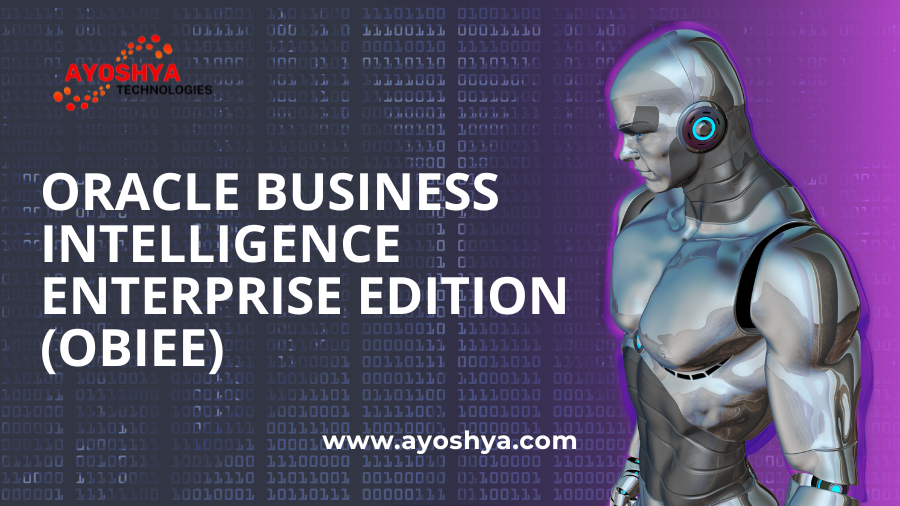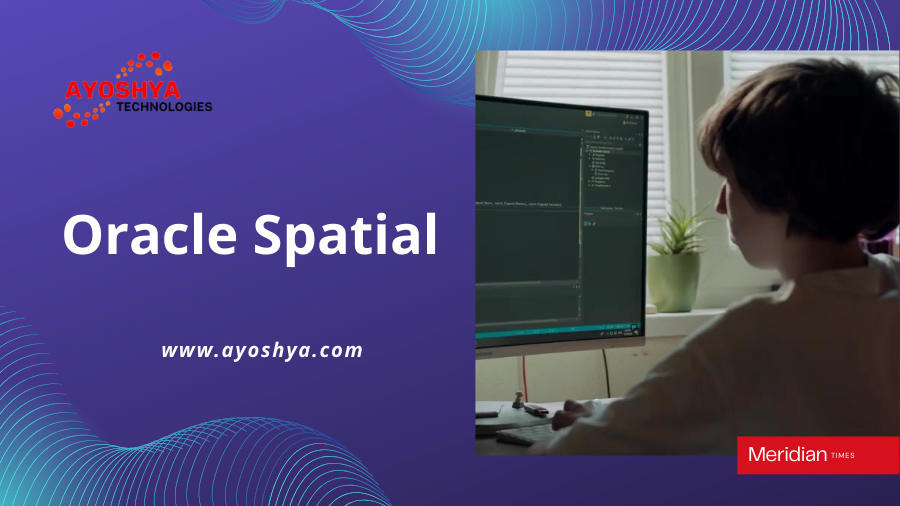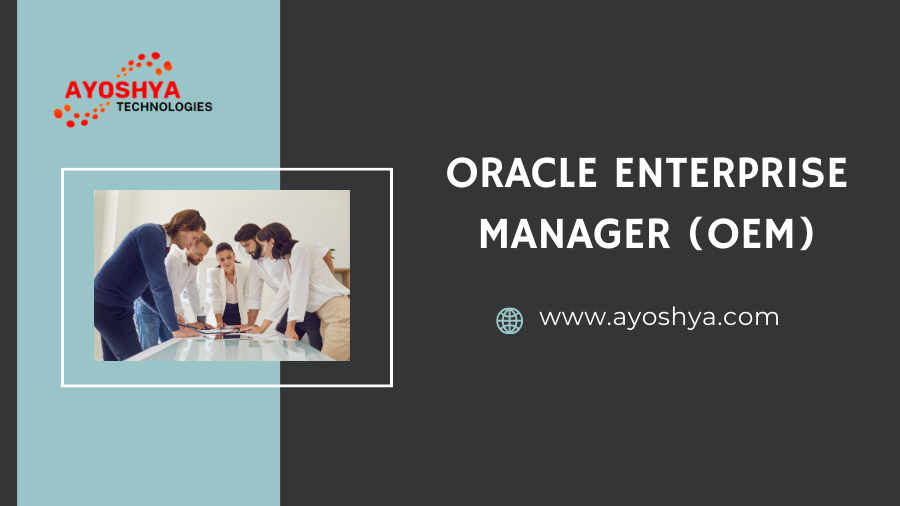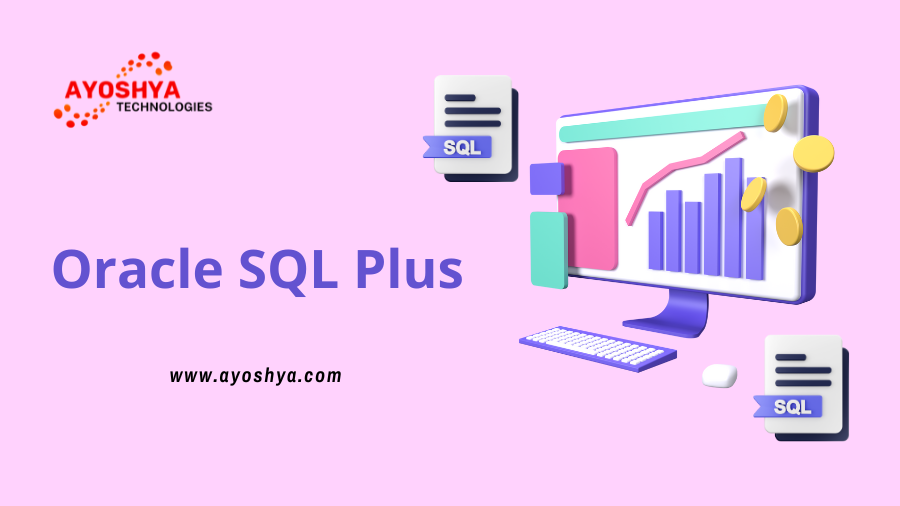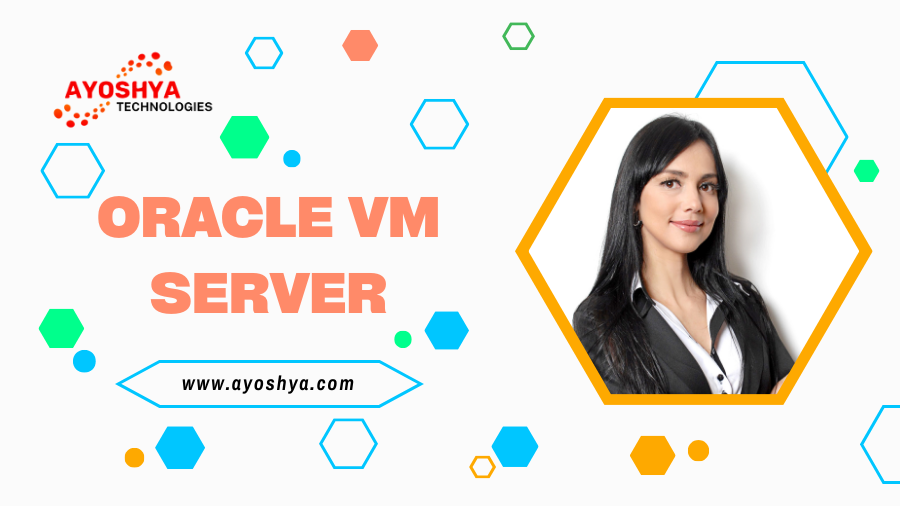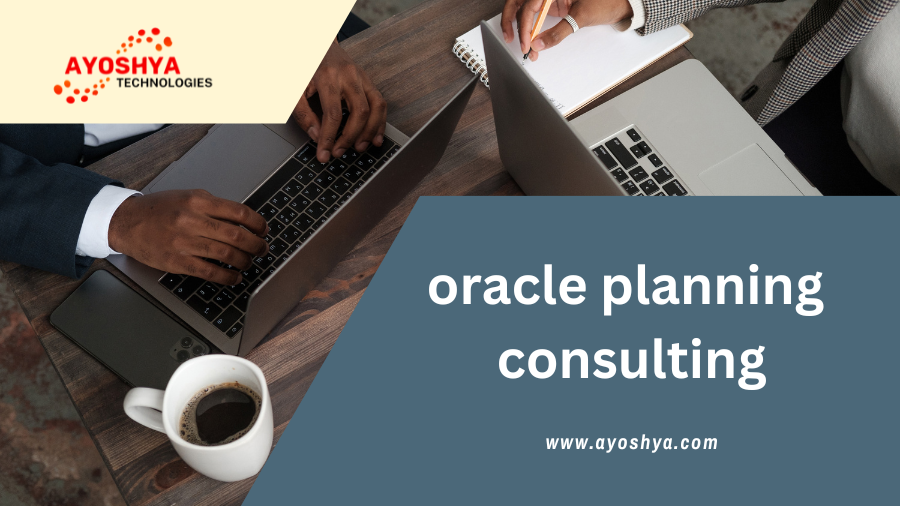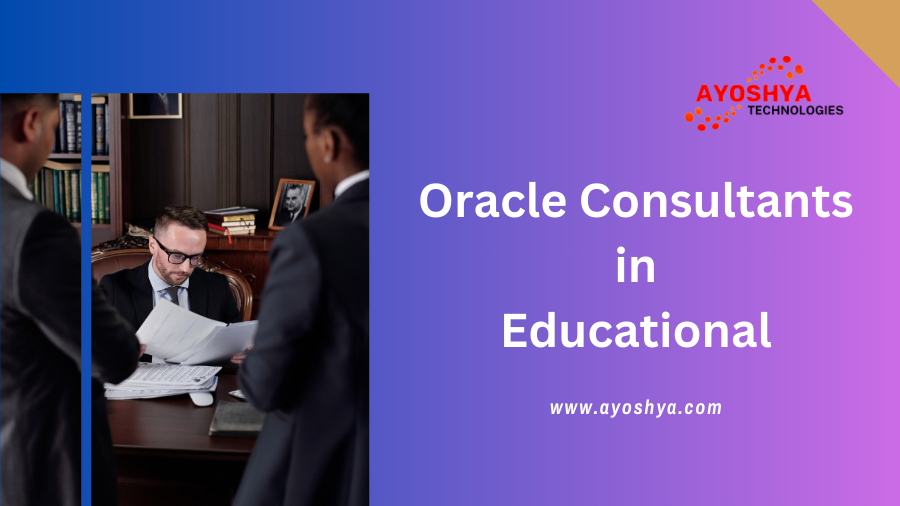Oracle Flashback Technology: Rewinding the Tape of Database History
Introduction
In the dynamic realm of database management, the ability to undo mistakes, recover lost data, and analyze historical changes is paramount. Oracle Flashback Technology stands as a testament to innovation, providing a suite of features that enable users to rewind the tape of database history. This article delves into the intricacies of Oracle Flashback, exploring its functionalities, use cases, and the transformative impact it has on database administration.
Understanding Oracle Flashback Technology
Oracle Flashback Technology is a set of features within the Oracle Database that allows users to view and manipulate historical data changes, providing a mechanism for data recovery and analysis. From undoing accidental data changes to auditing historical transactions, Oracle Flashback offers a comprehensive suite of tools.
Key Components
- Flashback Query: Enables querying data as it appeared at a specific point in the past.
- Flashback Version Query: Allows users to view all versions of a row, tracking changes over time.
- Flashback Transaction Query: Provides insights into changes made by a specific transaction.
- Flashback Table: Allows the recovery of a table to a previous state without affecting other tables.
- Flashback Drop: Recovers dropped tables and restores them to a specific point in time.
Benefits of Oracle Flashback Technology
- Data Recovery: Recover lost or accidentally modified data without relying on full database restores.
- Temporal Analysis: Conduct temporal analysis by querying data at specific points in time.
- Transaction Auditing: Trace and analyze changes made by specific transactions for audit purposes.
Real-world Applications
Oracle Flashback Technology finds applications across diverse industries:
- Finance: Roll back financial transactions to rectify errors or analyze historical financial data.
- Healthcare: Recover patient records to a previous state in case of data entry errors.
- E-commerce: Analyze changes in product catalogs and pricing over time for strategic decision-making.
- Telecommunications: Audit changes in customer accounts and services to ensure data accuracy.
Integration Capabilities
Oracle Flashback seamlessly integrates with other Oracle Database features, ensuring compatibility with various database management functionalities. It also supports integration with Oracle Cloud for organizations leveraging cloud-based database solutions.
Usage Scenarios
- Data Recovery:
- Recover accidentally deleted or modified data using Flashback Table or Flashback Drop features.
- Temporal Analysis:
- Conduct temporal analysis by querying historical data using Flashback Query or Flashback Version Query.
- Transaction Auditing:
- Audit and analyze changes made by specific transactions for compliance and security purposes.
- Testing and Development:
- Create realistic testing environments by cloning databases at specific points in time using Flashback features.
Advanced Functionalities
- Flashback Database:
- Roll back the entire database to a previous point in time, ensuring comprehensive data recovery.
- Flashback Data Archive:
- Archive historical changes for compliance and regulatory requirements, providing a secure audit trail.
- Flashback Pluggable Database:
- Rewind individual pluggable databases within a container database to specific points in time.
Oracle Flashback vs. Traditional Backup and Recovery
Compared to traditional backup and recovery methods, Oracle Flashback offers advantages such as reduced downtime, faster recovery, and the ability to recover specific objects or transactions without affecting the entire database.
Implementation Best Practices
For optimal utilization of Oracle Flashback Technology:
- Enable Flashback Features: Ensure that Flashback features are appropriately enabled in the database.
- Regular Testing: Conduct regular testing of Flashback functionalities to verify their effectiveness.
- Monitoring and Alerts: Implement monitoring and alerts for Flashback activities to detect and address issues promptly.
Security Measures
- Access Controls:
- Implement strict access controls to Flashback features, ensuring only authorized users can perform historical queries and recovery.
- Audit Flashback Activities:
- Enable auditing for Flashback activities to track who accesses historical data and for what purposes.
User Experience and Interface
Oracle Flashback features are accessible through SQL commands and Oracle Database interfaces. The user experience is designed to be intuitive, allowing database administrators to execute Flashback operations seamlessly.
Customization Options
While Oracle Flashback features are inherently powerful, customization options involve tailoring historical queries and recovery operations based on specific business requirements. This ensures that organizations can leverage Flashback in a way that aligns with their unique data management needs.
Future Trends and Innovations
As data management continues to evolve, Oracle is expected to enhance Flashback features with improved performance, extended compatibility with emerging technologies, and increased automation for data recovery and historical analysis.
User Testimonials
Organizations share their experiences with Oracle Flashback Technology, highlighting instances where it proved instrumental in data recovery, audit compliance, and efficient testing and development processes.
Challenges and Solutions
While Oracle Flashback Technology is a robust solution, challenges may arise during implementation. This section addresses common challenges and provides effective solutions to ensure a seamless integration of Flashback features.
Frequently Asked Questions
- Can Flashback features be used in a production environment?
- Yes, Flashback features are designed for production environments and are widely used for data recovery and analysis.
- Does Flashback impact database performance?
- The impact on performance is minimal, and Flashback features are designed to operate efficiently.
- Can Flashback be used with partitioned tables?
- Yes, Flashback features can be applied to partitioned tables for granular historical analysis and recovery.
- Is Flashback available in Oracle Cloud databases?
- Yes, Oracle Flashback features are available in Oracle Cloud databases, offering the same functionalities in cloud environments.
- What is the difference between Flashback Query and Flashback Version Query?
- Flashback Query allows querying data as it appeared at a specific point in time, while Flashback Version Query displays all versions of a row, tracking changes over time.
Conclusion
In conclusion, Oracle Flashback Technology stands as a powerful ally for database administrators, providing a mechanism to navigate through time and recover, analyze, and audit historical data changes. From recovering lost transactions to conducting temporal analysis, Oracle Flashback ensures that databases are not only resilient but also rich sources of insights.
You may be interested in:
SAP Big Data: Optimizing The Architecture



